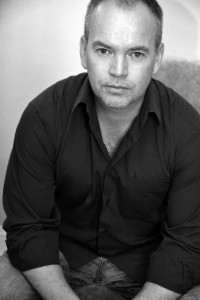 D.W. Richards is a member of the Canadian Authors Association and beyond being a novelist he is also a script-doctor and freelance writer. An excerpt from Pairs will appear in the October 2010 issue of the international literary PDF quarterly Cantarville as a standalone fiction piece. In addition to creative writing, D.W. Richards has a Bachelor Degree in Psychology from Carleton University and is a Certified General Accountant. He divides his time between Venice, Italy and Ottawa, Canada.
D.W. Richards is a member of the Canadian Authors Association and beyond being a novelist he is also a script-doctor and freelance writer. An excerpt from Pairs will appear in the October 2010 issue of the international literary PDF quarterly Cantarville as a standalone fiction piece. In addition to creative writing, D.W. Richards has a Bachelor Degree in Psychology from Carleton University and is a Certified General Accountant. He divides his time between Venice, Italy and Ottawa, Canada.
Visit his website at www.pairsthenovel.com or connect with him on Twitter at http://twitter.com/DW_Richards.
You can purchase a paperback copy of Pairs online by clicking here or order the Kindle edition by clicking here.
1. How did you come to self-publish? Did you try to get published traditionally?
From the onset I knew that I was very likely going to have to self-publish if I wanted “Pairs” in print, the reason being that I was a complete unknown writer of fiction. If it had been a book of short stories, I would‘ve had the triple crown of strikes against me.
My overall plan, such as it was, did include giving myself one year where I would attempt to follow the traditional route to being published, however my timing was unfortunate. I had begun to shop my novel around just prior to the global economic meltdown which decimated the publishing industry.
That event cinched it for me. With the manuscript already professionally edited, twice, I hired a graphic designer for the cover, who also set the book in print-ready format and found myself a POD (print-on-demand) printing company, Lightning Source.
2. What self-publishing service did you use? Happy with the service?
E-publishing was even easier, except for Kobo. Kobo will not deal directly with anyone who is not working in multiple titles. I believe their minimum is ten. Rather, they work through resellers who charge fees for the exact same service that Amazon and Barnes & Noble provide at no cost. Unlike Kobo (and its resellers), they both merely charge commission on sales. I did attempt to work with one of the Kobo resellers, which only left me frustrated. I found them to be unhelpful with their burdensome process. I eventually gave up. Since “Pairs” was already on Kindle and Nook, I didn’t see the need to continue to pursue the grief, or cost, of Kobo.
Lightning Source is not a self-publishing service, since it only takes care of the printing and distribution. In that role, they are fabulous. They create a quality product at a very reasonable cost, with the added benefit of distributing through retailers such as Amazon. I subcontracted the other elements involved in getting a book out, such as editing, graphic design and formatting, separately. Relative to the costs involved in being your own ‘self-publisher’, the “all-in-one” services charge a huge mark-up.
3. What avenues have you taken to market the book? Have you gotten reviews, interviews, TV, print media coverage?
Prior to going to print I solicited a few reviews, which are on the book’s jacket and the “Pairs” website: www.pairsthenovel.com.
Leading up to my November 2010 launch I worked with HASMARK. They are an affiliate marketing firm, who contact website owners to see if they would be interested in taking part. At the discretion of the website owner, add copy is given to them, and they distribute it through their email list. The results were dismal. It was a very expensive lesson.
In January I began a two-month virtual tour, which garnered a few reviews and several interviews. At the end of February I will be working with another publicist on a less Internet-centric campaign.
Also, I have been engaged in social networks, but more as a means of promoting myself as a writer as opposed to the book. The one exception to this is the site “Goodreads”, where I am promoting both my brand and my novel with growing success.
Finally, I have a blog. It feeds into some of my social network accounts. If the blog promotes anything, it is my writing style.
4. What drove you to write this particular book?
“Pairs” is actually my second novel, and the storyline, in one form or another, has been in my thoughts for a couple of decades. It was coming to the point when I could no longer write around it, which is in fact what I did when I wrote my first novel. If I didn’t free “Pairs” on this second time around it, would have festered and clogged up my creativity. I was driven by a need. Not the best sounding endorsement for a book that I am proud of and loved writing.
5. Is the book in any one particular genre? Is it a genre that’s familiar to you?
The best match is women’s fiction. This wasn’t intentional, and I only discovered how well I had stuck to the criteria of the genre after the fact.
Although I would classify my first novel as a coming-of-age story, it too had many of the trappings associated with women’s fiction. For example, there is some sense of empowerment, relationships are important to the telling of the story, and it is a life affirming tale. These are simply themes that I enjoy writing. Therefore, while I had never written in the genre of women’s fiction prior to “Pairs”, I will say that I had come close.
6. Who are your greatest writing influences?
My influences tend to be books rather than authors. Novels that have impressed me include The Magus, by John Fowles, A Long Way Down, by Nick Hornby and The Waste Land, by T.S. Eliot.
7. What’s your writing regimen? Any tips for keeping focused?
Once I’ve begun a project I write daily. Word count does factor into my routine. I’ve read that an author should aim for 500 words a day, my target is 250. But they are really great words.
If I’m not inspired to begin a brand new passages I will review what I’ve already done to date and attempt to tighten up my prose or expand scenes that I feel need improvement.
8. Would you self-publish again?
Yes, but I would rather not. This is only because I never wanted to be a publisher. Self-publishing means taking on all of the tasks which are involved in launching a book. What you cannot do or are not prepared to do, you need to contract out. And finding competent people for the various roles is a job in-and-of itself. In addition, publishing is a long established industry with its own rules that need to be learned, if not followed. Though I would be far better prepared the next time around, self-publishing is quite simply a whole lot of work that has nothing to do with the act of writing.
9. Any final words of advice for those looking to self-publish?
Free-time is so overrated.
Get an Editorial Review | Get Amazon Sales & Reviews | Get Edited | Get Beta Readers | Enter the SPR Book Awards | Other Marketing Services


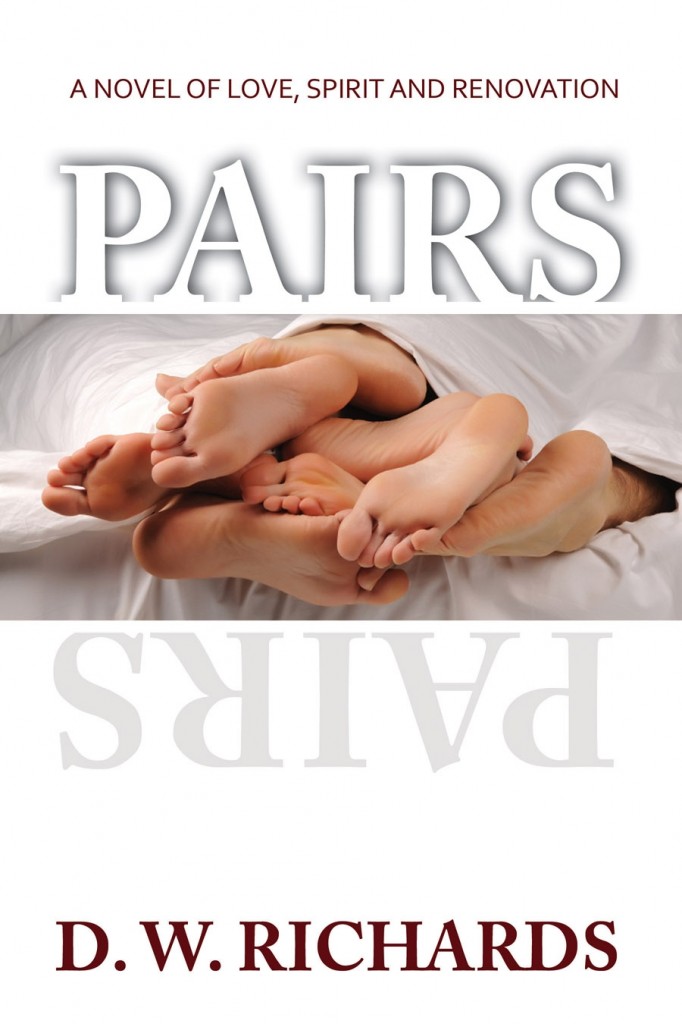
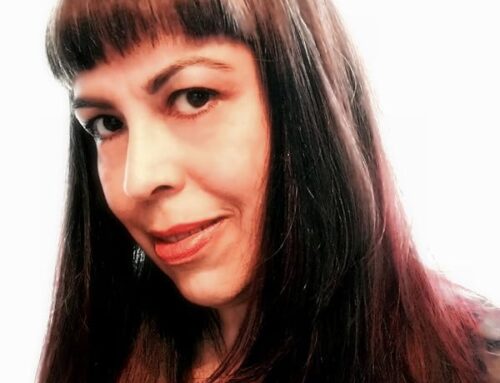
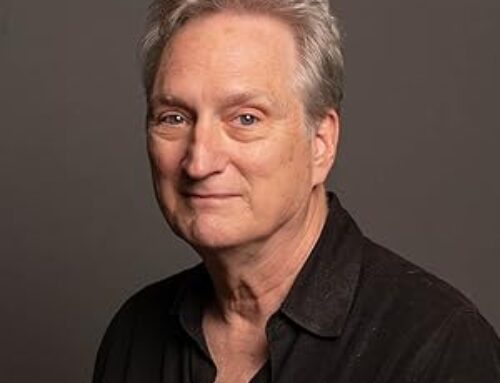
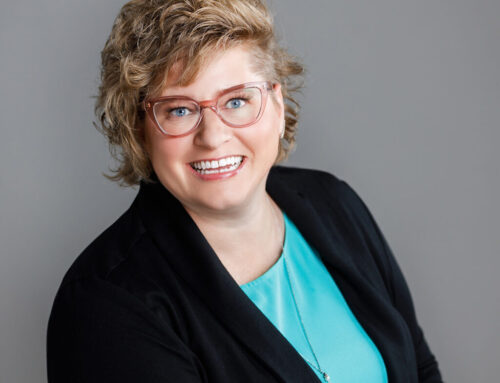
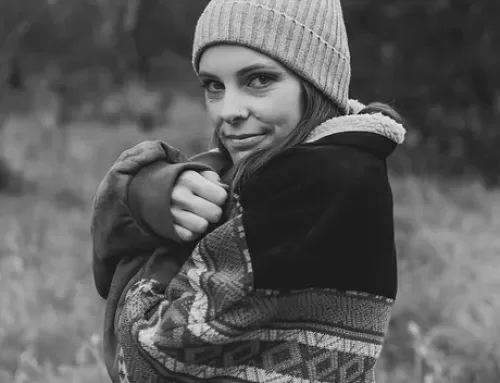
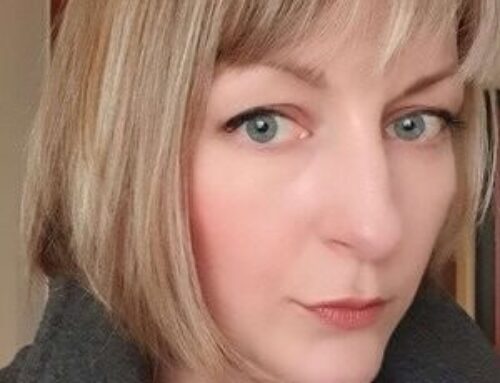
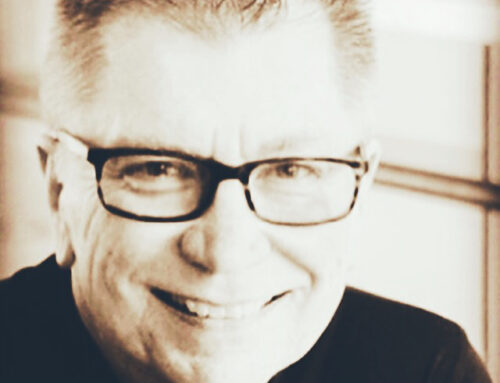
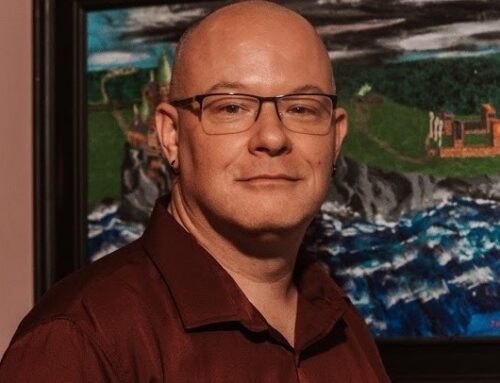
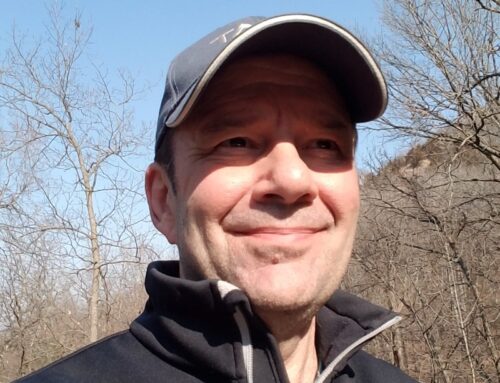
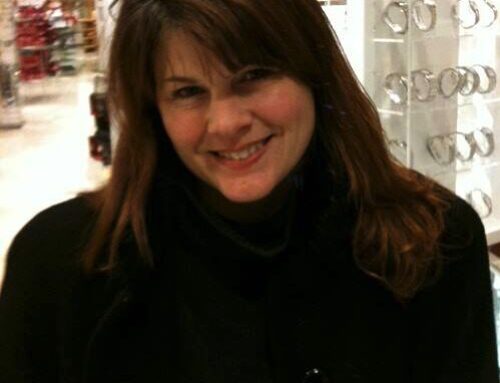
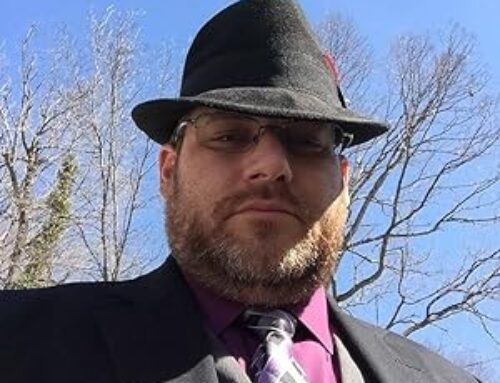
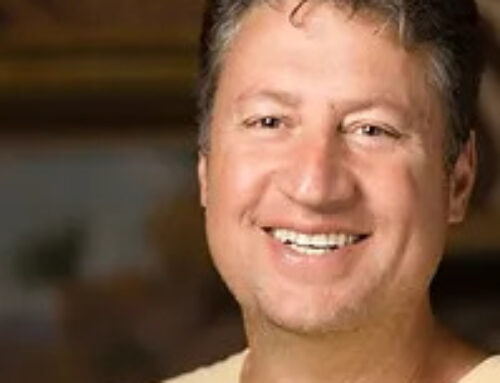
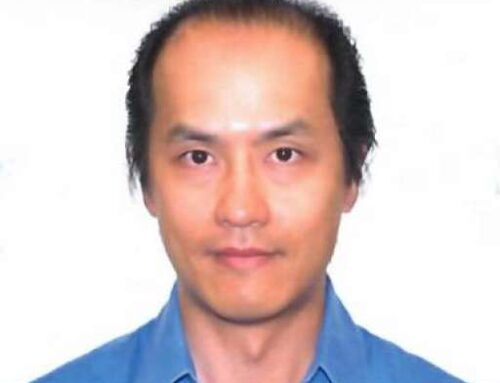
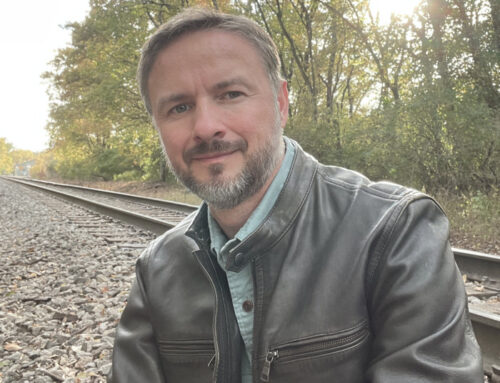
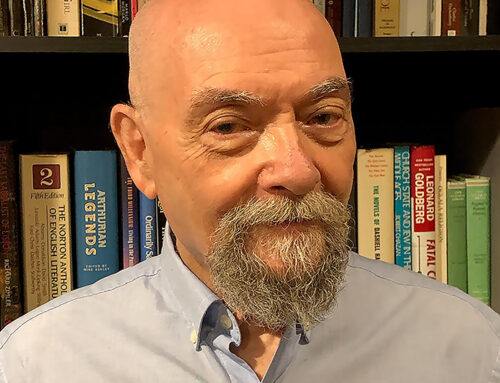
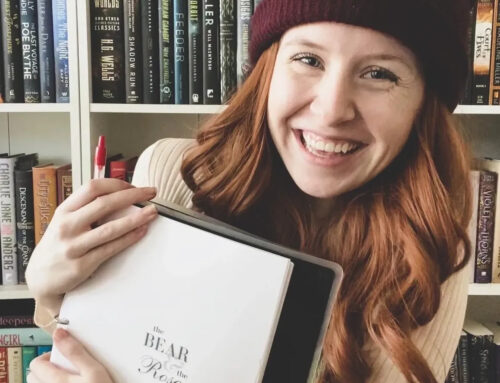
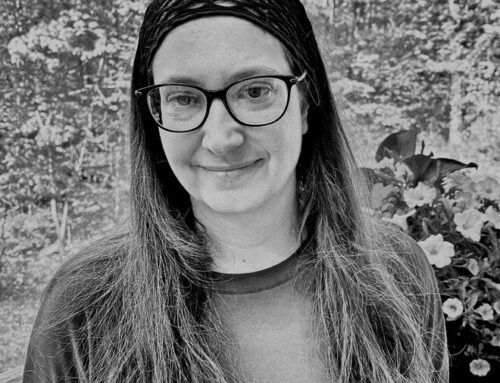
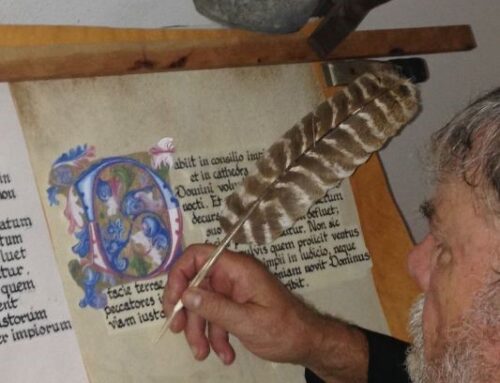
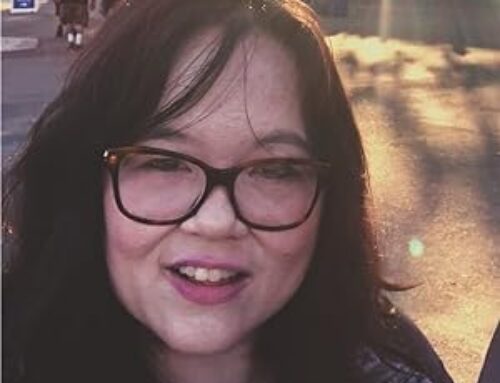
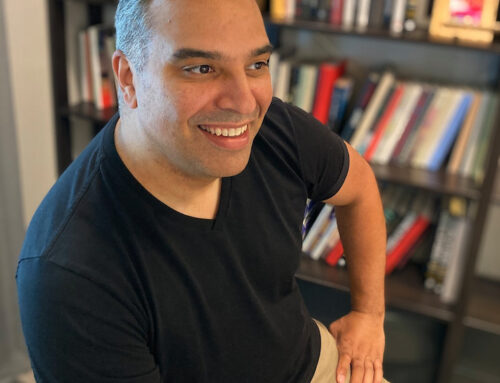

Leave A Comment